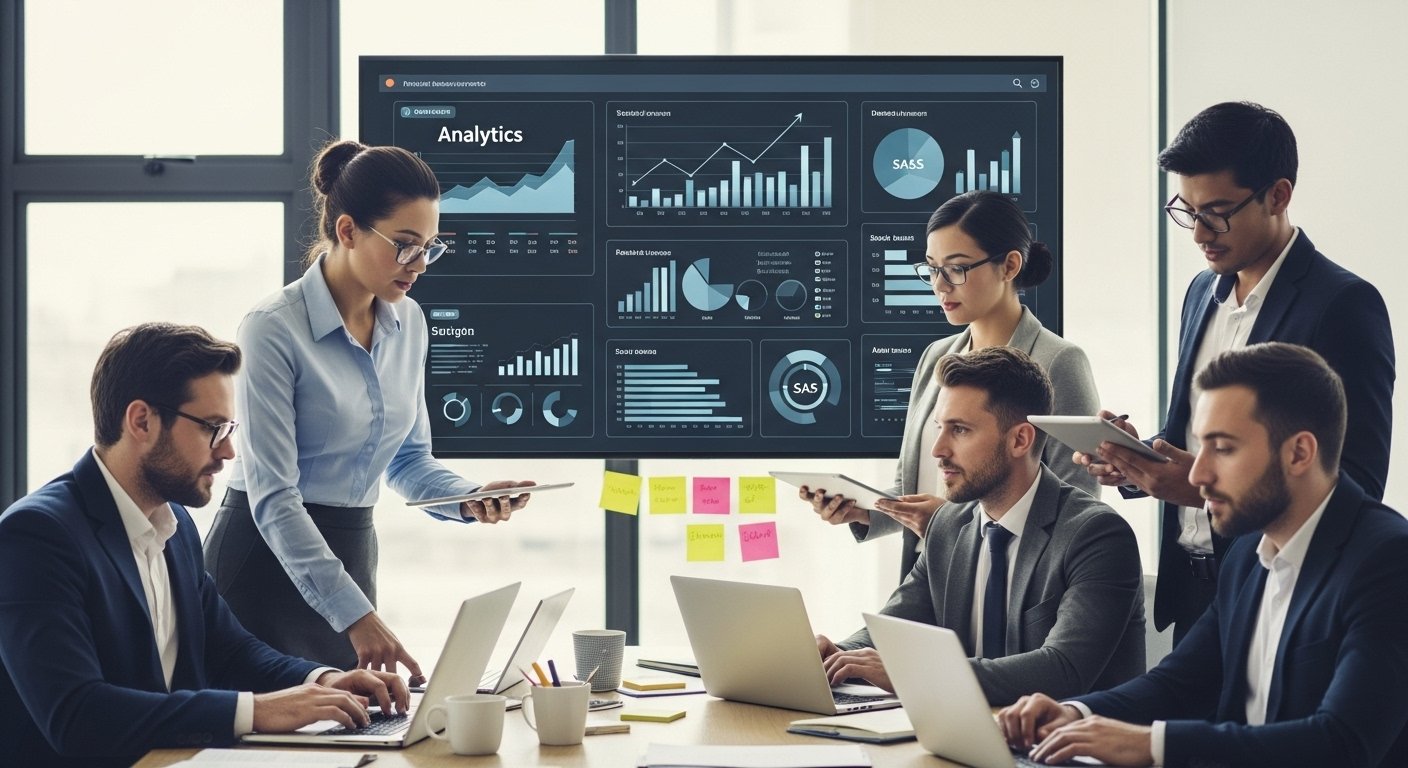When it comes to building modern businesses, PLG supplies are becoming the backbone of how companies grow and scale. Instead of relying only on traditional sales models, more organizations are shifting toward product-led strategies that put the product experience at the center of customer engagement.
This approach drives digital-first growth, improves operational efficiency, and creates stronger connections across the customer journey. Whether you’re part of the fast-moving world of US tech startups or working within larger enterprises, adopting the right growth frameworks can make all the difference. PLG supplies provide the essential customer lifecycle tools that help teams streamline onboarding, boost retention, and increase long-term value.
In today’s competitive market, where enterprise software adoption moves at lightning speed, understanding what these tools are—and how they work—can give your business a real advantage. Let’s dive into everything you need to know about PLG supplies and why they matter.
What Are PLG Supplies?
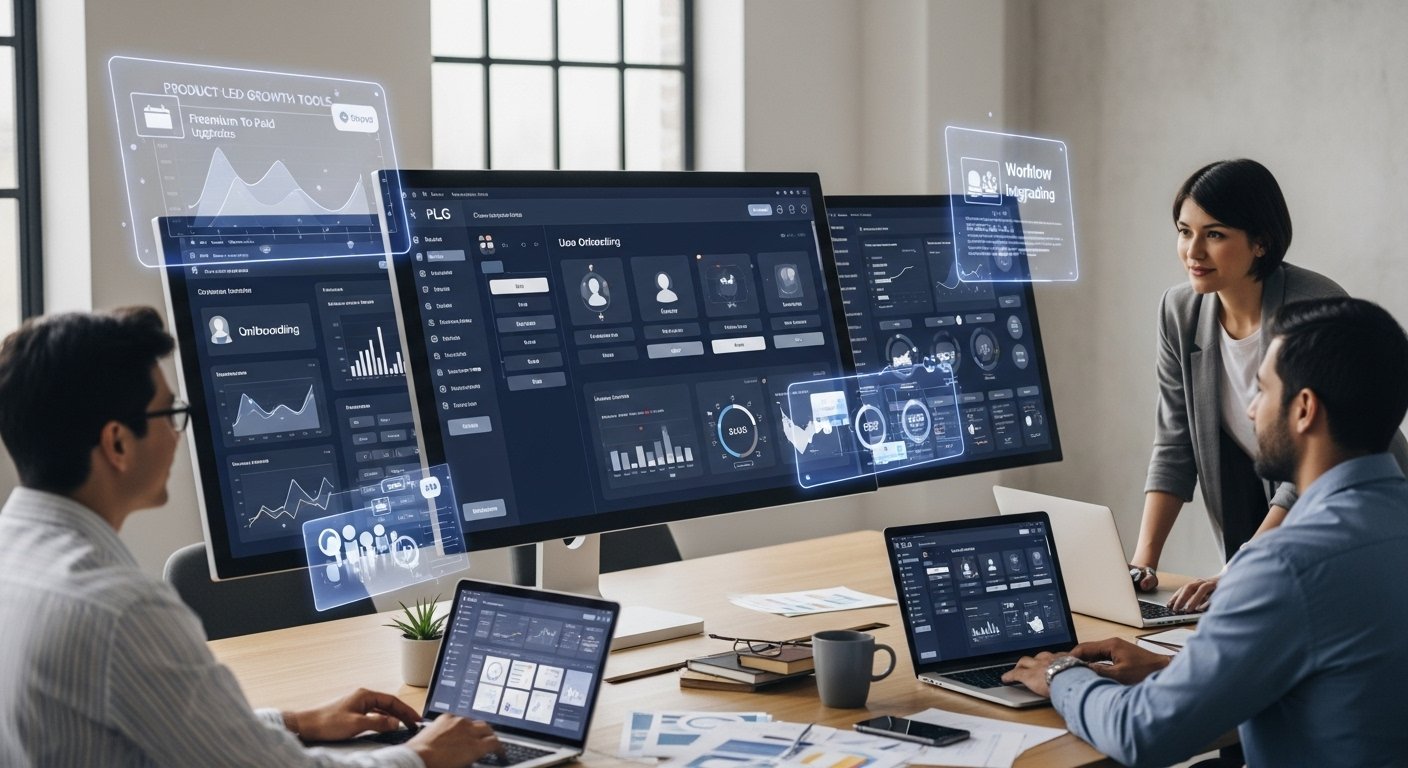
At its core, PLG supplies are the essential set of growth enablement tools that help businesses scale by putting the product experience at the center of their strategy. Instead of relying heavily on sales teams, these tools empower users to discover value on their own. This shift reflects a larger movement in the PLG ecosystem, where products are designed to drive growth naturally, without extra layers of friction.
If you’re wondering about the “definition of PLG tools,” think of them as the building blocks of a digital business stack. They include onboarding software, analytics, customer feedback systems, and automation platforms—all working together to support adoption and retention. In other words, they are the business tools for user growth that allow startups and enterprises alike to expand faster.
For example, startups using product-led growth often rely on SaaS scaling resources like interactive onboarding or freemium-to-paid converters. These tools lower the entry barrier for new customers while accelerating the path to value. Larger companies, on the other hand, use business adoption frameworks to integrate PLG supplies across departments, ensuring alignment between product, marketing, and customer success teams.
In the PLG meaning in SaaS industry, supplies play a role similar to infrastructure in construction—they are not the finished product, but without them, growth simply can’t be built. They provide product growth enablement and ensure smooth startup technology adoption, allowing businesses to focus on what matters most: delivering real value to users.
Why PLG Supplies Matter for Businesses

The rise of PLG supplies has transformed the way companies grow, compete, and retain customers. Instead of relying on traditional marketing and sales-heavy models, businesses now use customer-centric tools that put the product itself at the center of growth. This approach creates smoother onboarding, higher engagement, and measurable results across every stage of the customer journey.
One of the biggest reasons for the importance of growth tools for startups is cost efficiency. With operational savings built into these tools, early-stage companies can scale quickly without hiring massive sales teams. For instance, a SaaS startup in the US can use user engagement platforms to drive adoption and reduce the need for constant manual outreach. This is exactly why businesses need PLG strategies—they make growth scalable, predictable, and user-driven.
For larger organizations, retention solutions and revenue growth enablers are just as critical. By focusing on boosting SaaS retention rates, PLG supplies ensure that customers stick around longer, lowering acquisition costs while increasing lifetime value. Real-world examples show that companies adopting PLG frameworks can cut churn by up to 30%, proving the power of reducing churn with PLG strategies.
In addition, PLG plays a major role in US business competitiveness. Markets are crowded, and customers have more choices than ever. Companies that adopt SaaS success strategies powered by PLG stand out by delivering real value from day one, creating trust and loyalty that drive long-term growth systems.
Key Benefits of Using PLG Supplies
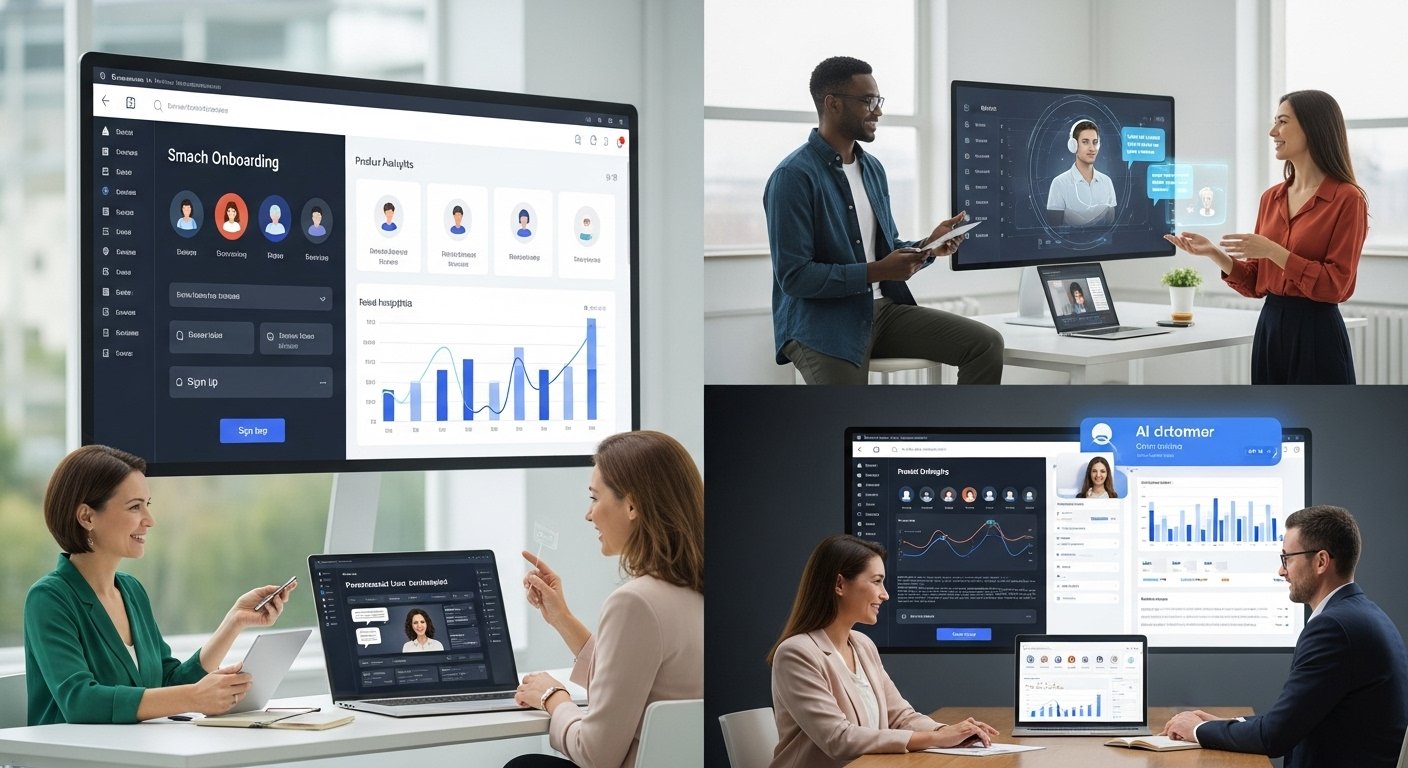
Adopting PLG supplies can be a game-changer for businesses that want to grow faster, retain more customers, and scale without heavy reliance on traditional sales. These tools don’t just simplify operations—they provide measurable results in onboarding, data-driven decisions, personalization, and support. Let’s explore the four major benefits in detail.
Faster Onboarding & User Activation
One of the biggest strengths of PLG supplies is onboarding automation, which helps new users get started quickly. By creating a streamlined sign-up flow, businesses can reduce friction in signups and improve adoption rates.
Think of it this way: if a customer can explore a product without waiting for a demo, they’re far more likely to become active users. That’s why improving time-to-value is critical. Companies tracking activation rate metrics often see how a smooth onboarding journey leads to faster trial-to-customer conversion. For the US SaaS user base, speed and simplicity are non-negotiable, making user-friendly SaaS onboarding a must-have.
Accurate Data for Smarter Decisions
Modern growth depends on insights, and PLG supplies provide the right product analytics to make smarter choices. By tracking user behavior insights and usage tracking tools, businesses get a real picture of how customers interact with their products.
This kind of real-time business insights helps teams refine features, pricing, and engagement tactics. For example, analytics for SaaS companies can reveal which features drive adoption and which ones slow growth. With decision-making metrics in place, leaders can confidently scale products, proving exactly how data improves decisions and ensures data-driven growth.
Personalized User Experience
Every customer wants to feel like a product was built just for them. With PLG supplies, businesses can deliver adaptive SaaS experiences that create meaningful connections. Through behavioral personalization and targeted messaging, companies provide a truly personalized product experience that boosts engagement.
For instance, custom user onboarding flows help users discover the most relevant features quickly. This kind of user-centric design in SaaS doesn’t just increase satisfaction—it also helps boost retention with personalization. Over time, it leads to stronger loyalty and customer journey mapping that reveals how to increase product stickiness and reduce churn.
Scalable Customer Support
As businesses grow, supporting every customer individually becomes impossible without technology. That’s where automated support tools and chatbots for SaaS come in. They allow teams to offer 24/7 customer assistance tools without ballooning costs.
With helpdesk integration and AI-driven support, companies can handle thousands of requests while still providing a personal touch. This not only improves customer experience but also helps in reducing support costs with AI. For businesses in the US, investing in customer service software that supports scalable service delivery ensures they stay competitive while improving SaaS customer service for every user.
Types of PLG Supplies and Tools

To truly unlock the power of PLG supplies, businesses need the right mix of tools that support user adoption, product insights, customer service, and growth. These tools are designed to make products more valuable on their own, reducing reliance on heavy sales while driving organic usage. Let’s break down the most important categories and see how each one helps companies grow smarter and faster.
User Onboarding & Engagement
First impressions matter. That’s why product tours, guided onboarding, and interactive demos are critical for helping users get value from a product right away. With effective onboarding flows, businesses can lower friction, making it easier for new users to explore features without confusion.
If you’re wondering “how to create onboarding flows”, many SaaS adoption systems now come with interactive onboarding software that offers walkthroughs and tooltips. Platforms like Appcues or Userpilot act as customer training solutions, guiding users step by step. The best user engagement platforms also help teams experiment with different onboarding styles, so adoption keeps improving over time.
Product Analytics Tools
Growth is impossible without data. Product analytics tools allow businesses to track user analytics, feature tracking, and behavioral metrics across their products. With powerful growth dashboards, teams can spot trends and optimize for the right SaaS KPIs.
Companies often ask, “how to track product usage” or which are the top analytics tools for SaaS. Solutions like Amplitude, Mixpanel, or Heap answer these questions by offering insights into analyzing user behavior and showing metrics for product-led companies. This level of SaaS product performance tracking ensures leaders know which features drive engagement and where improvements are needed.
Customer Support Platforms
No matter how intuitive a product is, users will need help. That’s where customer support platforms come in. These include live chat software, ticketing systems, AI chatbots, and knowledge base tools that provide multichannel support.
By using helpdesk software for SaaS, companies can manage customer queries at scale. For example, Drift or Intercom use AI in customer service to provide instant answers, reducing wait times. Businesses exploring the best support systems for businesses also benefit from scalable customer care solutions that combine automation with human support to improve satisfaction.
Feedback & Voice of Customer Systems
Listening to users is the fastest way to improve. Feedback and Voice of Customer systems give businesses tools for customer feedback collection, survey tools, and NPS tracking. With user feedback loops, teams can continually refine the product experience.
If you’re exploring “tools for gathering customer feedback”, platforms like Qualtrics, Typeform, or Delighted are great places to start. They help with voice of customer programs, sentiment analysis, and NPS tracking software. Learning how to analyze user feedback is key for building products people love, and feedback systems for SaaS make that easier than ever.
Growth Automation & Freemium Converters
Finally, scaling requires automation. Growth automation tools help companies create conversion funnels that move users from free to paid. These include marketing automation, freemium upgrades, and trial-to-paid conversion systems that support SaaS growth loops.
If you’ve ever wondered “how to convert freemium users”, tools like HubSpot, Userlist, or Customer.io are designed to help. They allow businesses to practice growth hacking with automation, offer smart upsell tools for SaaS, and keep automating product adoption at scale.
How to Choose the Right PLG Supplies
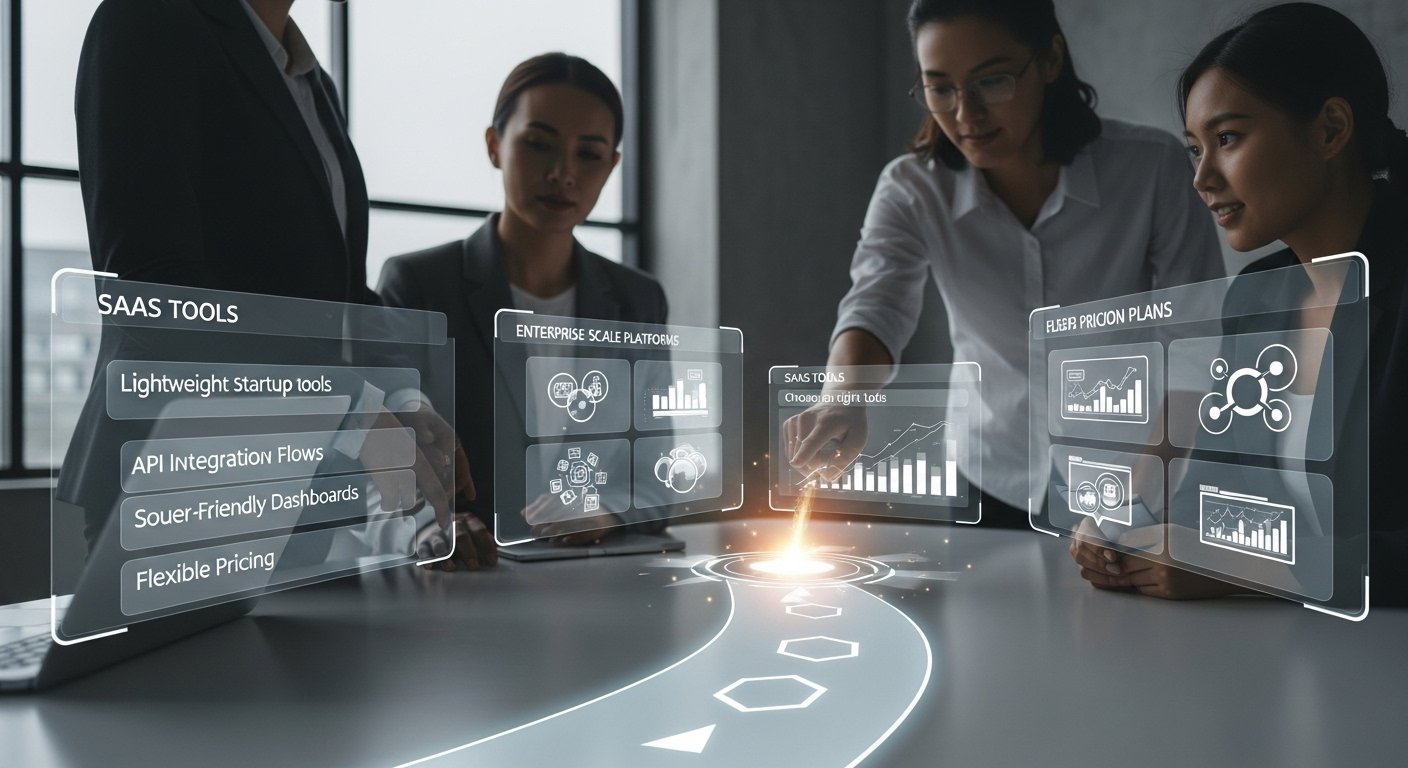
Selecting the right PLG supplies can feel overwhelming because there are so many tools and platforms available. The key is to match them with your company’s size, goals, and resources. By evaluating factors like growth stage, system compatibility, usability, and pricing, businesses can avoid wasted investments and build a toolkit that truly drives success.
Aligning with Your Growth Stage
Your company’s maturity level should guide tool selection. Startup-friendly tools are usually lightweight, affordable, and flexible—perfect for early teams experimenting with startup growth systems. On the other hand, enterprise-ready platforms focus on scalability, compliance, and advanced analytics, which are vital for organizations with complex needs.
When considering tools for startups vs enterprises, think of it like building a house. Startups need the basics—a solid foundation—while large enterprises require a full infrastructure. Using growth stage frameworks and SaaS maturity models can help you align software choices with real business needs.
Integration with Existing Systems
A great tool that doesn’t connect with your stack can create bottlenecks. Look for API integration, workflow automation, and system interoperability to ensure seamless usage. Modern solutions should offer cross-platform compatibility and fit well into your SaaS ecosystem.
Companies often struggle with integration challenges in SaaS, so choosing integration-ready tools is a must. If you’re wondering “how to integrate SaaS tools”, think about whether the platform offers plug-and-play options or requires custom development. The smoother the connection, the faster you unlock seamless workflow automation and cloud system compatibility.
Ease of Use & Adoption
Even the most powerful platform fails if your team doesn’t use it. That’s why user-friendly interfaces and quick adoption tools are non-negotiable. Look for intuitive platforms with a low learning curve, so employees can get started with little or no training.
Businesses often overlook the importance of ease of use, but it directly impacts engagement. Tools with training-free software adoption and simple onboarding platforms ensure people actually use what you buy. In short, choosing tools employees use is just as important as the features themselves.
Pricing & Budget Flexibility
Cost plays a huge role in decision-making. Many providers now offer SaaS pricing tiers and subscription flexibility that let businesses pay as they grow. Startups might prefer budget-friendly tools that keep expenses low, while enterprises look for ROI-driven investments that prove long-term value.
If you’re considering “choosing affordable SaaS tools”, evaluate the ROI of growth tools alongside the monthly fee. Smart planning helps with cost optimization in software, ensuring you only pay for what you truly need. Flexible pricing plans are particularly helpful as companies scale, allowing budgets to shift without disruption.
PLG Supplies for Different Teams

One of the best things about PLG supplies is that they don’t just serve one department—they empower the entire organization. Each team, from product to growth, can use specialized tools to improve workflows, make smarter decisions, and ultimately drive business success. Let’s break down how different teams benefit from these resources.
Product Teams
For product teams, PLG supplies act like a compass, guiding them toward what customers truly want. Tools that support product roadmaps, feature prioritization, and iteration cycles help managers build the right features at the right time. With design tools and innovation workflows, teams can quickly test ideas and adjust based on real user data.
Think of it as having a feedback loop built into your development process. “Tools for product managers” and “building features with data” allow teams to avoid guesswork, ensuring every update delivers value. This is exactly how PLG helps product teams keep innovation user-driven and scalable.
Marketing Teams
Marketing teams thrive when they understand what users need and how to reach them effectively. PLG supplies like campaign automation, A/B testing, and lead generation platforms allow marketers to experiment with different approaches and measure what sticks. Pair that with digital engagement and customer journey mapping, and campaigns become more precise.
For example, “growth marketing platforms” help SaaS marketers run digital campaigns with PLG strategies, focusing on real product interactions rather than just ads. By leveraging customer acquisition strategies powered by product usage data, marketers can reduce costs while improving ROI.
Customer Success Teams
Customer retention is just as important as acquisition, and that’s where customer success teams shine. With retention tools, renewal management systems, and user success platforms, these teams can actively prevent churn. Features like loyalty systems and churn prevention dashboards keep customers engaged long after onboarding.
Using SaaS churn reduction tools and customer success software, teams can track satisfaction, identify at-risk accounts, and provide proactive support. Whether it’s supporting customer renewals or building stronger loyalty, PLG ensures customer success is measurable and repeatable.
Growth Teams
Growth teams rely heavily on experimentation, and PLG supplies provide the perfect toolkit. From experimentation tools and funnel optimization software to growth hacking platforms, these resources allow teams to test hypotheses and act on results quickly. KPI tracking and data-driven strategies ensure growth isn’t random—it’s systematic.
For example, “running growth experiments” or “funnel testing software” helps identify bottlenecks in the product journey. By applying SaaS growth strategies, teams can continuously refine acquisition, activation, and retention funnels to maximize outcomes.
Future Trends in PLG Supplies
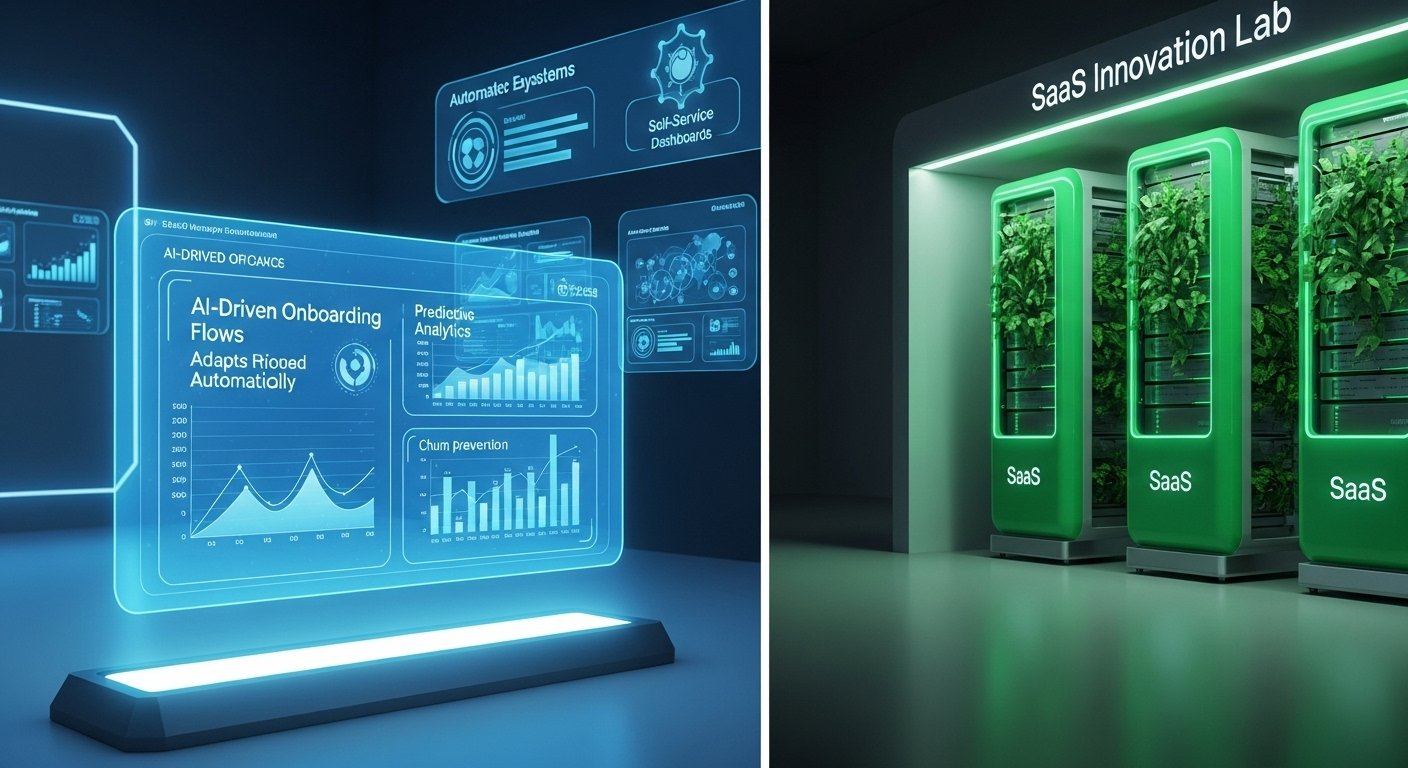
The landscape of PLG supplies is evolving rapidly, and businesses that stay ahead of these changes will gain a serious competitive edge. As the SaaS industry grows, the next generation of tools is being shaped by AI-powered SaaS, deeper automation, and sustainability-driven design. These innovations are redefining how companies use products to drive growth.
One major shift is the rise of AI in SaaS tools. Imagine onboarding software that learns from user behavior and automatically adjusts flows to improve adoption. Or predictive support systems that flag potential churn before it happens. This type of predictive analytics allows businesses to anticipate customer needs rather than just react to them, making product-led growth smarter and faster.
Another emerging focus is automation trends in US businesses. From automated product trials to self-service knowledge bases, companies are seeking tools that reduce manual work and deliver consistent customer experiences. For example, automation in feedback collection ensures no insight is missed, while growth automation helps startups scale without needing massive teams.
Sustainability is also becoming central in the future of product-led growth. More vendors are introducing green and sustainable SaaS tools, ensuring that digital adoption aligns with environmental responsibility. This means lower server energy usage, eco-friendly integrations, and platforms designed with minimal resource footprints. For US businesses, this shift not only supports brand reputation but also meets rising consumer expectations for sustainability.
Finally, SaaS innovations like hyper-personalized engagement, AI-driven experimentation, and connected digital ecosystems are paving the way for a new PLG ecosystem. The future isn’t just about tools—it’s about creating smarter, leaner, and more sustainable growth engines that adapt to both customer and business needs.
Best Practices for Managing PLG Supplies

Adopting PLG supplies is only half the journey—the real success lies in how well you manage them. Without the right approach, even the most powerful tools can become underused or create unnecessary costs. By following proven software management strategies, businesses can ensure they get maximum value while supporting long-term growth.
One best practice is focusing on adoption training. Many companies invest in tools but fail to guide their teams on proper usage. Offering simple onboarding sessions, tutorials, and hands-on practice ensures smooth rollouts. This also supports employee adoption best practices, reducing frustration and boosting confidence.
Another key step is running regular audits of your PLG stack. This means reviewing tools for usage rates, cost-effectiveness, and overlap. Many SaaS companies pay for redundant platforms, so avoiding software overlap can free up budgets for more impactful resources. Routine SaaS performance checks also help identify outdated tools that no longer meet business needs.
Optimization is equally important. Businesses should consistently refine processes, integrate tools where possible, and track KPIs tied to tool performance. For example, linking onboarding software with analytics can improve both activation and retention. This is what experts mean when they talk about optimizing SaaS usage.
Here’s a simple checklist for managing PLG supplies effectively:
✅ Provide structured adoption training for employees
✅ Run quarterly audits of your software stack
✅ Eliminate redundant or underused tools
✅ Integrate systems for smoother workflows
✅ Track key metrics to measure tool impact
Conclusion
In today’s fast-moving digital world, PLG supplies are no longer just nice-to-have—they are essential for business growth acceleration. By focusing on the product experience, these tools empower teams to drive digital adoption, streamline workflows, and deliver real value to users. Companies that embrace strategic adoption of PLG often see higher retention, faster onboarding, and more efficient scaling, making them well-positioned for SaaS-driven success.
The real power of PLG lies in its ability to create growth efficiency by letting the product itself drive customer acquisition and retention. Whether you’re a startup or an enterprise, investing in the right stack of future-ready tools helps you stay competitive and supports building sustainable SaaS growth.
So, the final take on PLG tools is simple: they are not just technology—they are a growth mindset. If you want to accelerate results and secure the long-term benefits of growth supplies, now is the time to rethink your approach and explore why investing in PLG strategies could be the smartest move for your business.
FAQs About PLG Supplies
Are PLG supplies only useful for SaaS companies?
No, PLG supplies are not limited to SaaS businesses. While they are most common in SaaS, industries like e-learning, fintech, and healthcare also benefit. These tools improve onboarding, engagement, and retention across many sectors. This makes them valuable beyond startup FAQs, offering flexible solutions for both digital-first companies and traditional businesses moving online.
How do PLG supplies help cut customer acquisition costs?
By focusing on the product experience, PLG supplies reduce the need for expensive sales campaigns. Features like self-service onboarding and in-app tutorials allow users to activate faster. This improves adoption while lowering marketing spend. In short, they create SaaS tool concerns solutions by letting the product itself drive growth, which significantly lowers acquisition costs.
What’s the difference between PLG supplies and traditional tools?
Traditional tools often rely on sales teams or external support to convert customers. In contrast, PLG supplies are designed for self-service, automation, and product-driven adoption. They emphasize user experience, data insights, and faster scalability. This clear difference makes them more suited for modern companies looking to grow with efficiency rather than relying on outdated systems.
Which industries in the USA benefit most from PLG supplies?
In the USA, industries using PLG include SaaS startups, e-commerce, fintech, healthcare, and online education. These sectors thrive on fast onboarding and scalable customer support, which PLG tools provide. By aligning with industry adoption queries, these supplies help businesses of all sizes reduce churn and boost retention, making them essential in competitive markets.
Who needs PLG supplies the most?
PLG supplies are especially valuable for startups aiming for fast growth and enterprises seeking efficiency. They provide a structured way to manage onboarding, analytics, and customer success. Whether you’re scaling a small SaaS product or optimizing enterprise workflows, PLG tools support smarter decisions and sustainable growth, answering one of the most common PLG questions for business leaders.
Do PLG supplies replace sales and marketing teams?
Not at all. PLG supplies don’t replace sales or marketing—they complement them. These tools reduce manual work by automating engagement and tracking customer behavior. Teams can then focus on higher-level strategies like SaaS vs traditional tools analysis or long-term growth planning. In fact, businesses that combine PLG with strong sales and marketing often scale faster.

